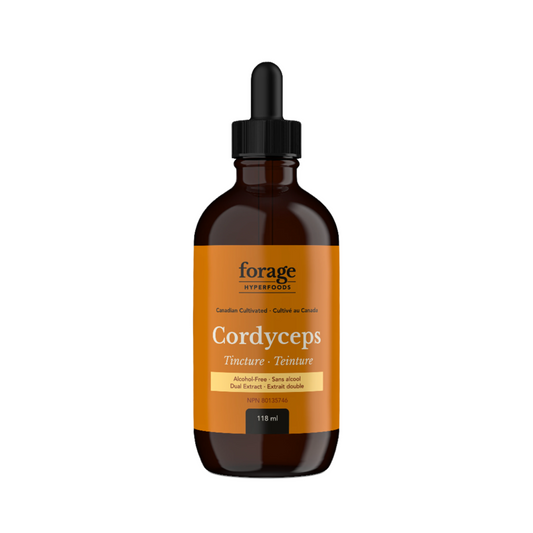
What Is the Human Mycobiome?
Share
Trillions of microorganisms live inside each of us— the vast majority of which are bacteria. These microorganisms are collectively referred to as the microbiome.
While most microbiome research has focused on gut bacteria, there are other microbes that call our digestive system home. About ten years ago, a landmark study showed that a rich community of fungi also lives in our microbiome. Referred to as the human mycobiome, this fungal community is hypothesized to influence the immune system, metabolic health, and gut health similarly to gut bacteria.
A brief history of mycobiome research
In 2008, medical mycologist Mahmoud Ghannoum noticed that research regarding the gut microbiome was steadily increasing. However, he observed that, for the most part, researchers were only looking at bacteria in the gut, not the fungi and viruses that also comprise the human microbiome. Upon that realization, he took the reigns and started researching fungal communities in the human body, eventually coining the term “mycobiome.”
Another early player in mycobiome research was UCLA professor, David Underhill. In 2012 Underhill and his colleagues published a study that used sequencing tools to profile a baseline gut mycobiome in mice.[*] On average, they found between 50 and 60 fungi genera (the plural of genus) in each rodent's digestive tract, and many species within each genus.
In the same study, Underhill and his team found that mammalian fungi interact with the immune system to control inflammation in the gut. Underhill theorizes that alterations in the gut fungal population could significantly contribute to some inflammatory bowel disease cases and could open the door to potential treatment avenues.
Many more studies have since been conducted, which suggest that the mycobiome might also play a role in other aspects of health, including metabolism.[*]
An area of study with great potential
Research surrounding the human mycobiome is in its infancy. Researchers have uncovered the tip of the iceberg, but have much left to learn.
Ghannoum and Underhill both agree that interactions amongst bacteria, viruses, fungi, and each person’s specific biology influence our health. They believe that understanding how fungi play a role in health and disease could help researchers develop more effective therapies.
One roadblock researchers run into while studying the mycobiome is knowing which species of fungi they’re dealing with, as many haven’t yet been classified. The fungi kingdom is like a tangled web, not a cleanly branched family tree, like bacteria, making classification challenging.
Many mycologists are actively trying to address this confusion, construct a more precise classification system, and uncover how the fungi living within us can be manipulated for our benefit.
The bottom line
When it comes to the trillions of microbes that reside in our bodies, bacteria get almost all the attention. However, a newer school of research is looking at how the communities of fungus in our bodies, called the mycobiome, can influence our health. There is still much to be learned, but preliminary research suggests the fungi within us can affect our health in many fascinating ways.



